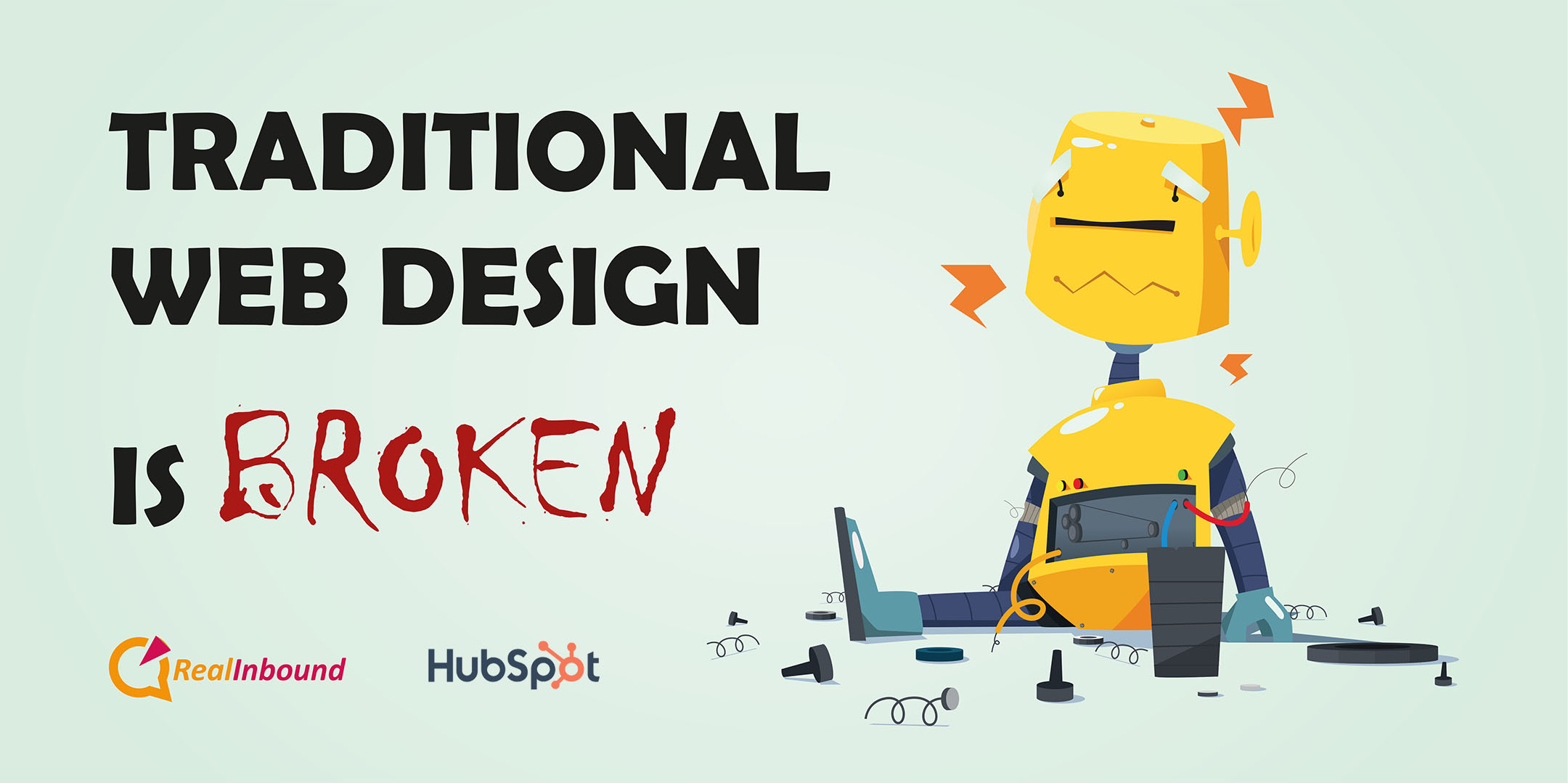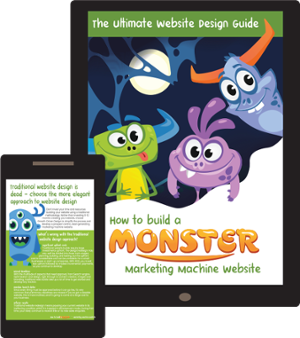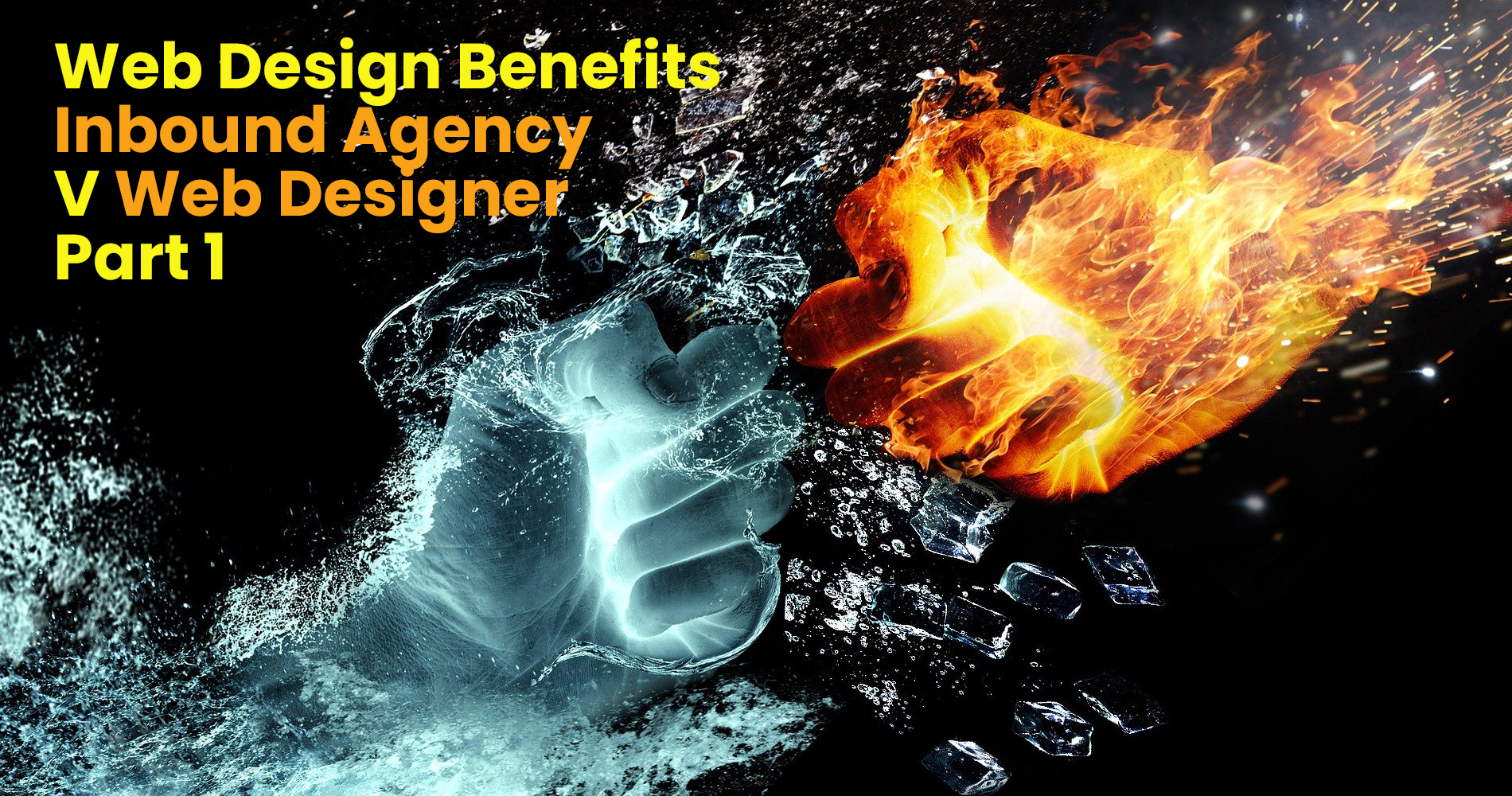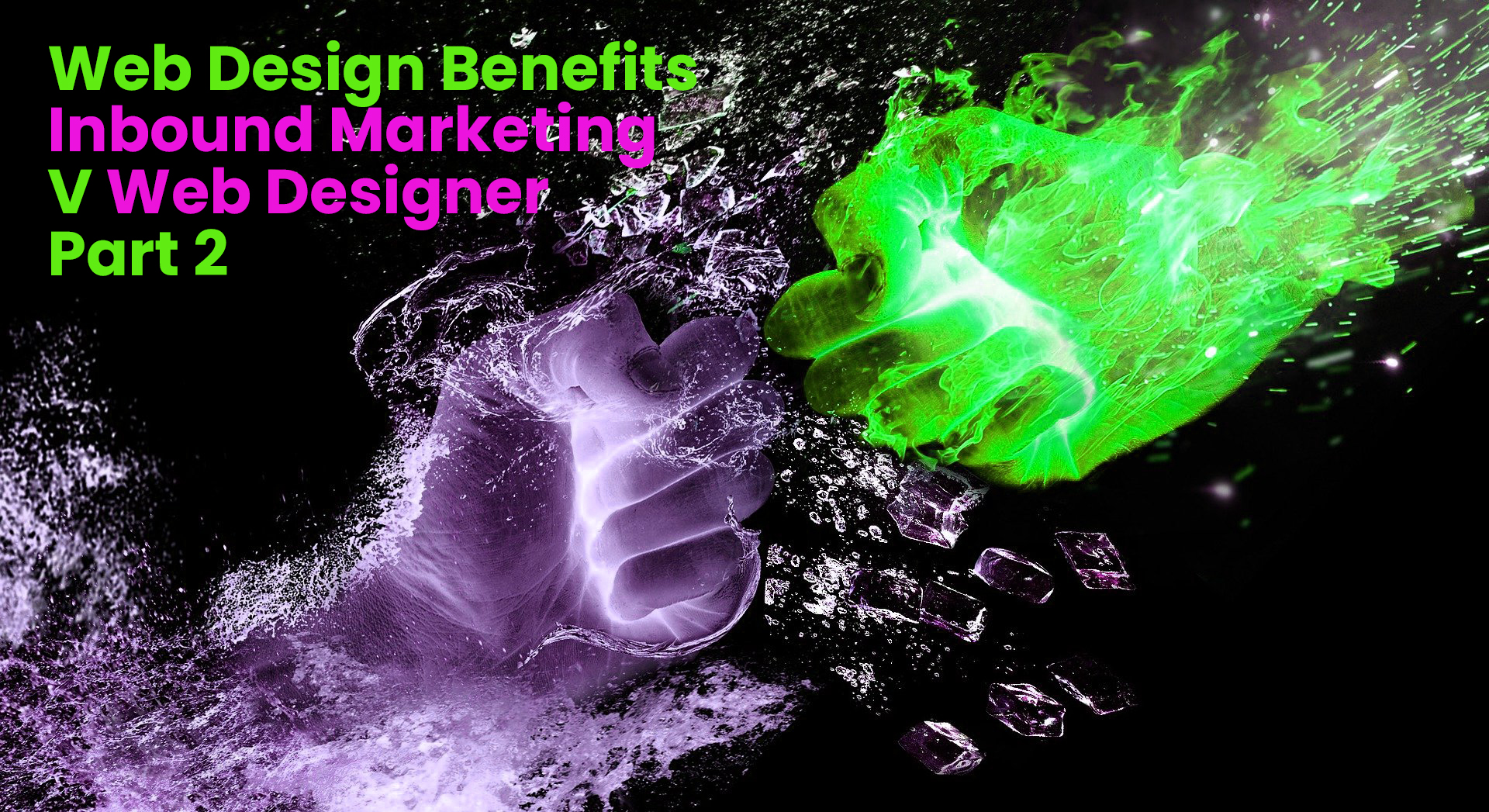If you've spent anytime around websites, getting them built, or building them, maintaining them, or using them to sell or market your company, products or services, you'll be familiar with that feeling of dread that descends when its time to rebuild or relaunch your site.
Traditional web design woes
You know how it goes, first, it's a massive time suck, then you'll hear nothing for weeks (if not more) and when you do you immediately see something is wrong. The project takes ages and invariably goes way over budget. It ends up almost but not quite entirely different from what you were hoping for and given the 'fire and forget' mentality of the traditional web designer, its likely already 6 months out of date (the 6 months it took to build it) and your priorities are already shifting.
Not the web developers fault clearly, but still a massive problem.
If only there were a way to build a site that is always up to date, responsive to your company's every pivot and duck and weave - especially pertinent these days. And if we could bring it in on budget - say half of the price of the average web build, that would be nice too.
One last thing, maybe we could get each iteration within a couple of weeks? Rather than say, every quarter or 6 months? That would be great, thanks.
I know what you are thinking. Not. A. Chance.
Well, if this is you, help is at hand.
There is a new way of doing things, and at Real Inbound we have heavily invested in bringing this new way of working to you our clients, current and future.
The new way is called Growth Driven Design, or GDD for short. It's an Agile type methodology that's designed to head off all those usual problems we get with traditional web design. But it's even more useful than that. You pay as you grow Growth Driven Design
There are three stages to a GDD web build and we'll take a brief look at them here.
1 The Strategy
The problem with most websites is that they haven't been designed to do a specific job so much as to be a brochure for the organisation. Not all, but still, many of our clients miss the opportunity that a 'fast to market', flexible and adaptable website can provide.
Before you even put pen to paper, or mouse to staging site, think about these four major aspects of the site.
Customer Persona
Who is the site aimed at? Where are they? What do they do for a living? What do they want the product or service to solve? How long do they want to spend on the site? And so on...
Buyer Journey
What is the typical journey for this customer? When so they find out about our solution, what do they need to know to consider it in the context of everything else, and what information will help them make a decision?
Content Strategy
Think key words and long tail search terms, SEO and ranking, as well as establishing thought leadership for your website, product or service. How are you going to stack your content to offer the most SEO bang for the buck, and how are you going to structure the content on the site. Making it easy for the customer to access the right stuff at the right time and in the right place, according to the Buyer Journey.
Inbound Strategy
How are we going to attract the right target market to the site? How will we convert their visit into a lead, and are we able to convert that lead into a sale with the right type of nurturing? Will 'Live Chat' or conversation bots help to close deals? Are we going for the full on data capture or will we stick with an email only / low barrier to entry approach?
2 The Launchpad
If that wasn't a different enough approach, we then will focus on getting an MVP (or minimum viable product) online for you, within 60-90 days!
Thats right, your new site will be up and running and working within a couple of months. And don't confuse MVP with a bargain basement version of a website either.
The aim of the launchpad website is to get something better than you have now, with more functionality for instance, up and working FAST. We leave the fancy stuff, and the stuff we are all less sure is going to work for the next stage.
3 Continuous Improvement
After prioritising the absolutely essential parts of the website for the launchpad we do two further things. We develop a 'wish list' for the next stages of the development, and we start the process of optimising the existing site for whatever we have set the objectives to be.
No matter how talented your web designers are, it's unlikely they will hit on the perfect combination of web design, copy, offers, images, UX and the other many many variables that go towards making a web site work first time. This is why the 'set and forget' nature of traditional web design is so frustrating. Whats the point of giving you a website that is not likely to function at its best, and then reviewing it in two years time when its time to build a new one and go through the same painful process all over again?
Rather GDD, observes whats happening, using the data your marketing platform is providing, and tweaks and tests and iterates until better results are found. And then keeps doing it, on a two weekly cycle, until the site is performing optimally.
The wish list too, is added on an iterative basis, always testing and refining to make sure new features are adding value so that they make the cut in on the web build proper.






